Developing a custom tray solution for Mbranfiltra’s products
- Posted on
- Posted in Packaging
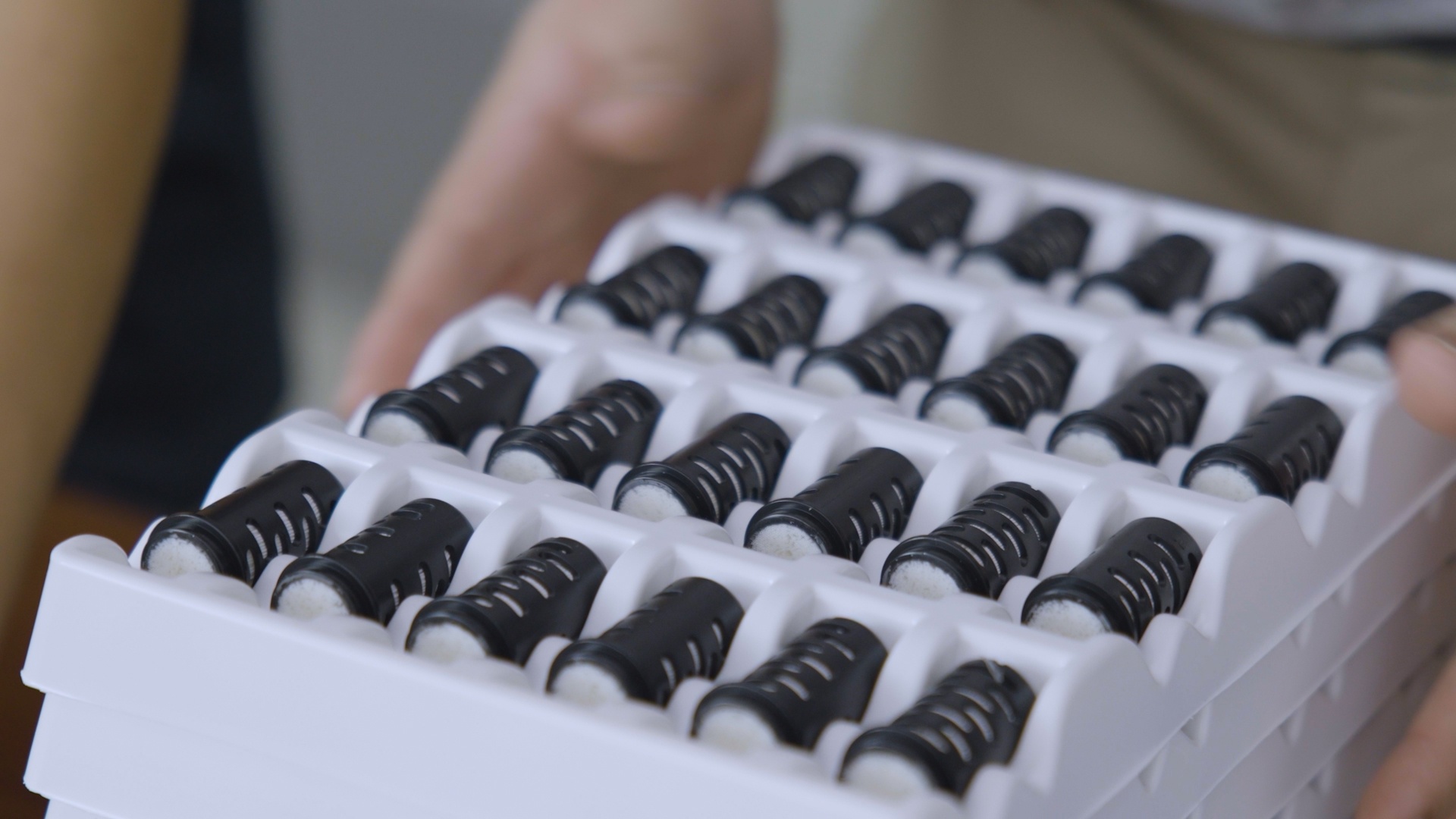
See how MY YARD and Mbranfiltra developed a custom vacuum forming tray for water purification filters. Learn how design iterations solved webbing, stacking, and capacity issues.
MY YARD collaborated with Mbranfiltra, a manufacturer of advanced membrane filtration materials, to design and produce a new packaging solution tailored to their delicate water purification components. The challenge: create trays that would keep products safe and stable during manufacturing, transportation, and processing, while keeping costs low and production efficient.
Because traditional packaging suppliers require very high minimum order quantities, Mbranfiltra decided to design and manufacture their own custom trays in-house using vacuum forming. This approach gave them full control over design iterations, testing, and final production without being tied to large-scale industrial suppliers.
In this case study, we’ll walk through the process step by step: from requirements analysis to design iterations, prototyping, and mass production.
Project goals and challenges
Mbranfiltra’s water purification filters are delicate and require careful handling. The packaging solutions available on the market didn’t meet their needs, leading to:
- Movement and dislodging of components during transport and stacking.
- Limited tray capacity (only 30 components per tray).
- Higher costs due to damaged components.
The goals for the new custom tray design were clear:
- Increase tray capacity from 30 to 45 components.
- Prevent movement and dislodging during stacking and transport.
- Reduce costs by minimising damage to components.
- Enable in-house production with a vacuum former for flexibility and low-volume runs.
Design iterations and prototyping
The development process went through six major tray versions, each addressing specific issues.
Tray version 1 – enclosed structure
The first design fully enclosed each filter for maximum protection. However, this reduced packing density and caused severe webbing during vacuum forming.
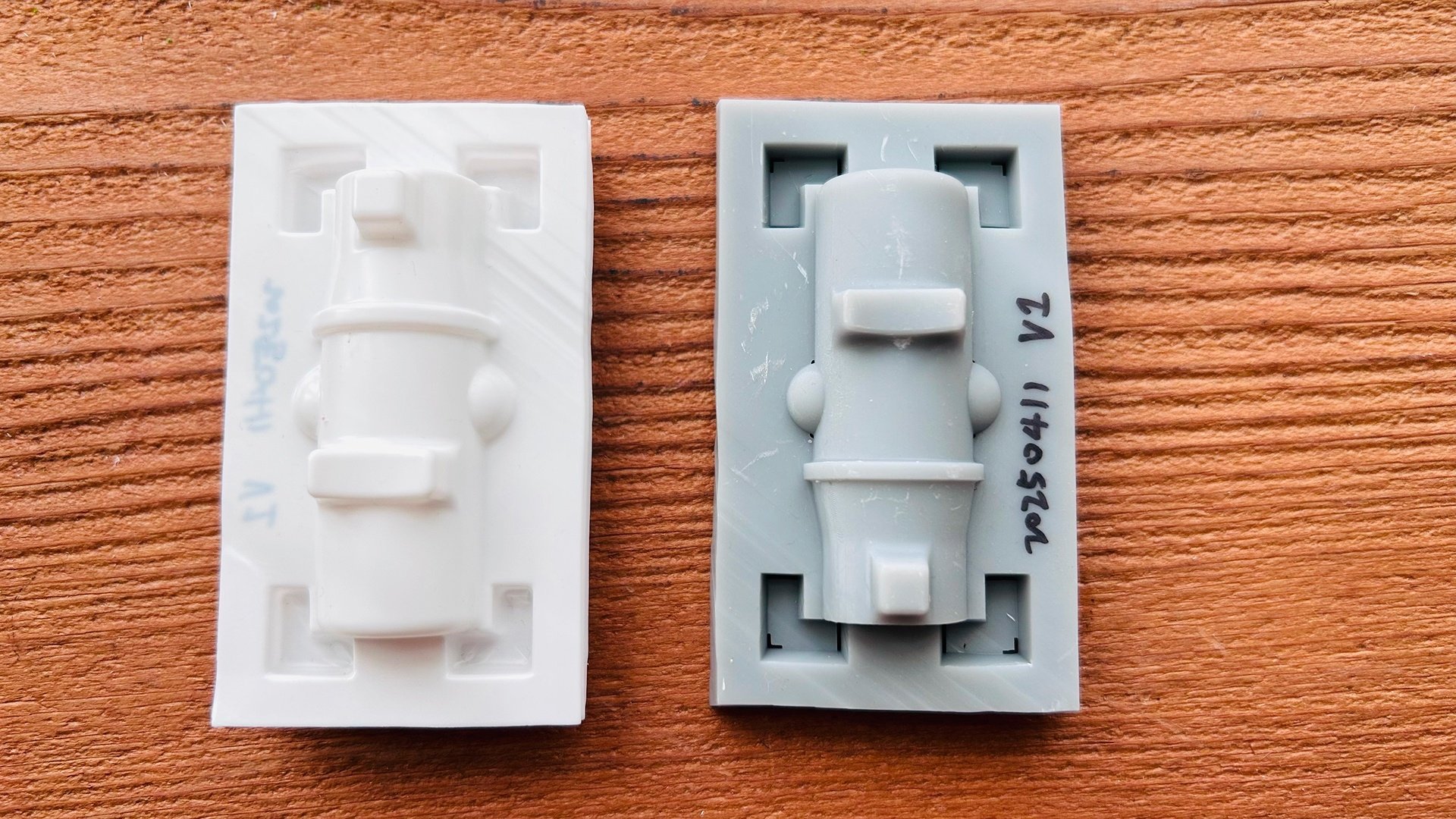
Tray version 2 – simplified structure
A simpler tray design improved density but lacked stacking stability. Trays slipped when stacked.
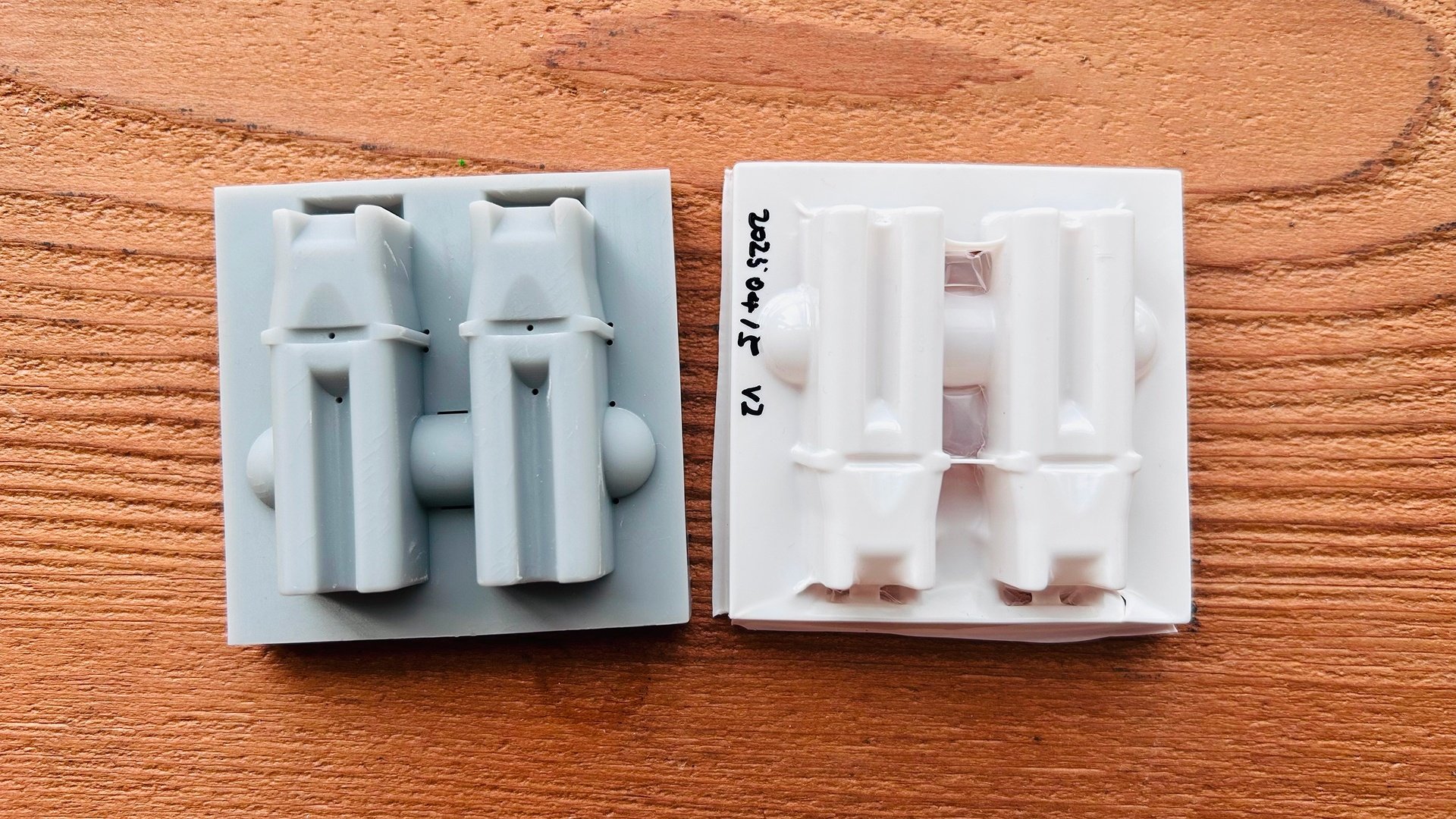
Tray version 3 – snap-fit adjustment
Snap-fit features were added to improve stacking stability. However, the snaps increased tray height, reducing efficiency.
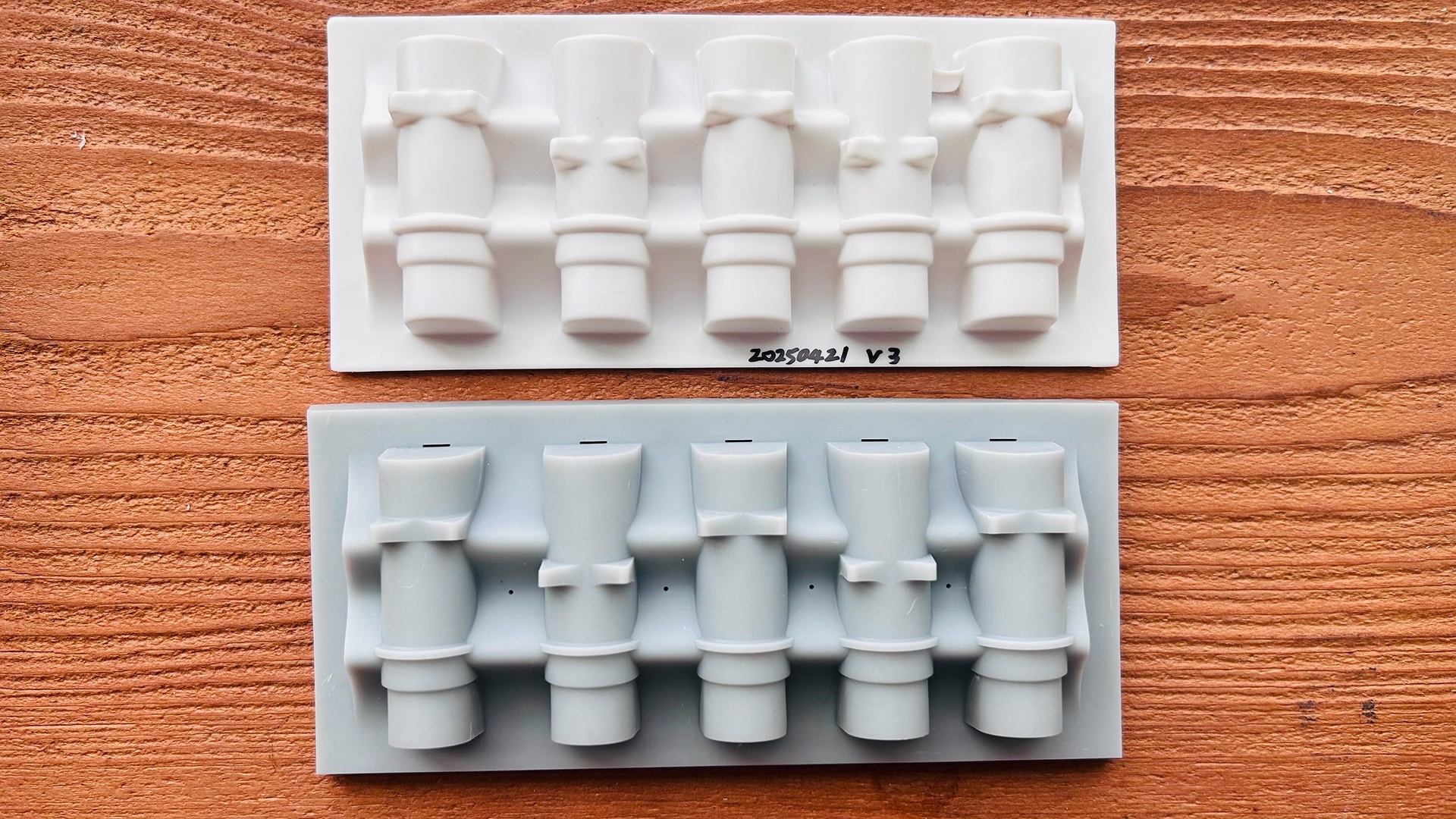
Tray version 4 – negative mould design
A negative mould used the filter’s outer ring for positioning. Unfortunately, this caused excessive webbing, making trays unusable.
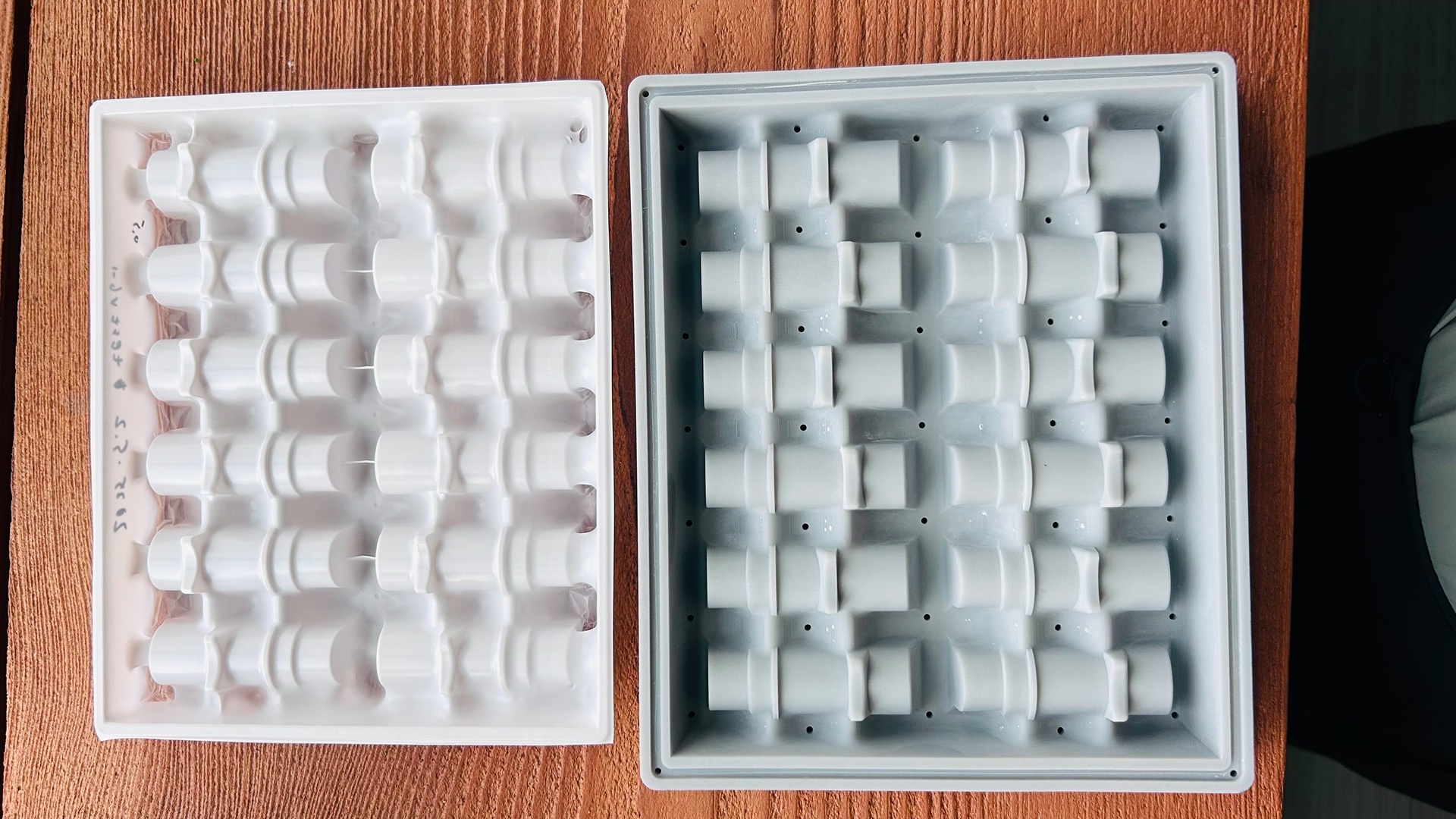
Tray version 5 – positive mould breakthrough
Switching to a positive mould solved the webbing problem while retaining the snap-fit points. This was a key breakthrough in the project.
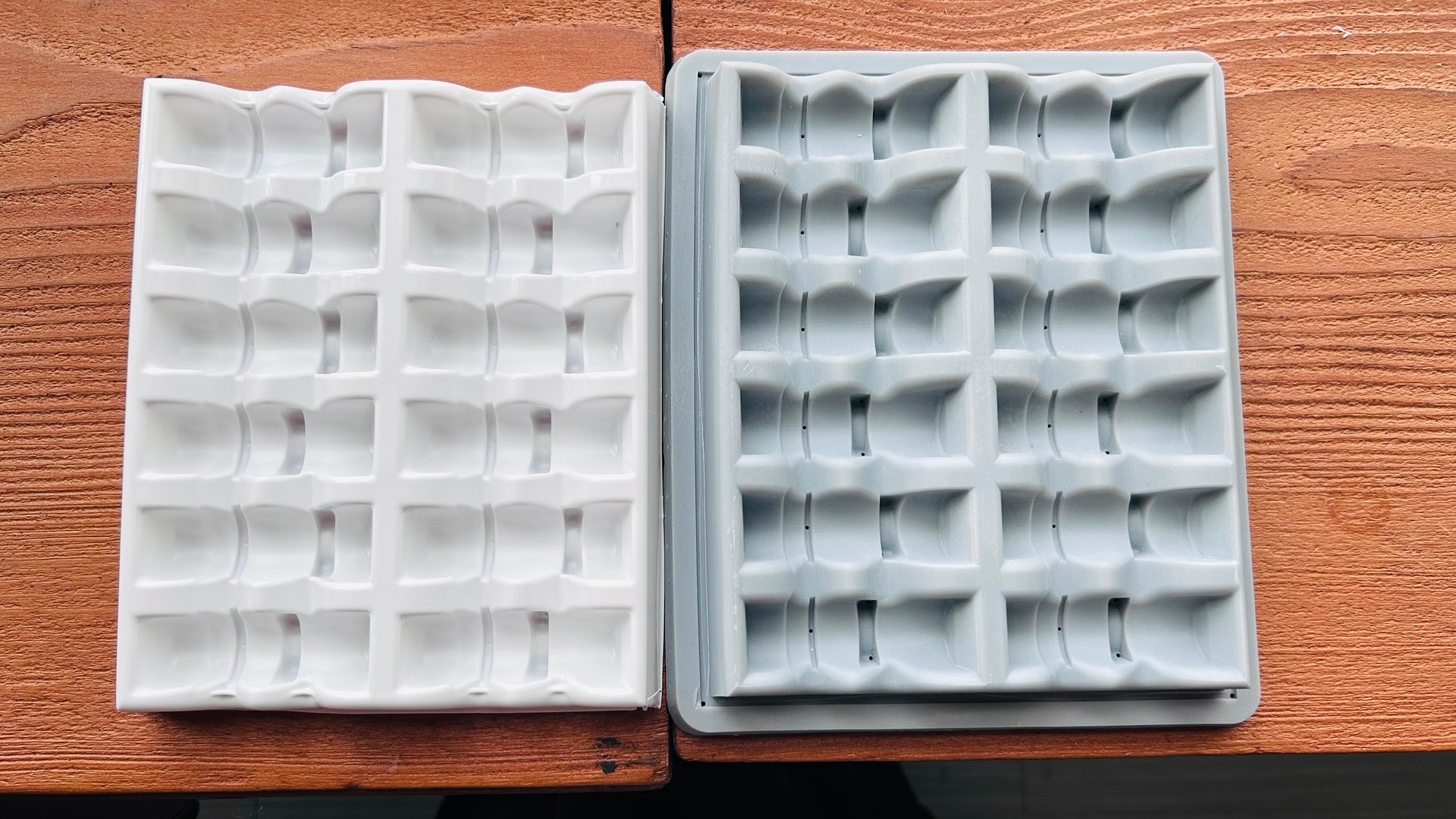
Tray version 6 – snap-fit fine-tuning
The final iteration fine-tuned snap-fit dimensions, achieving a secure hold on components and stable stacking across trays.
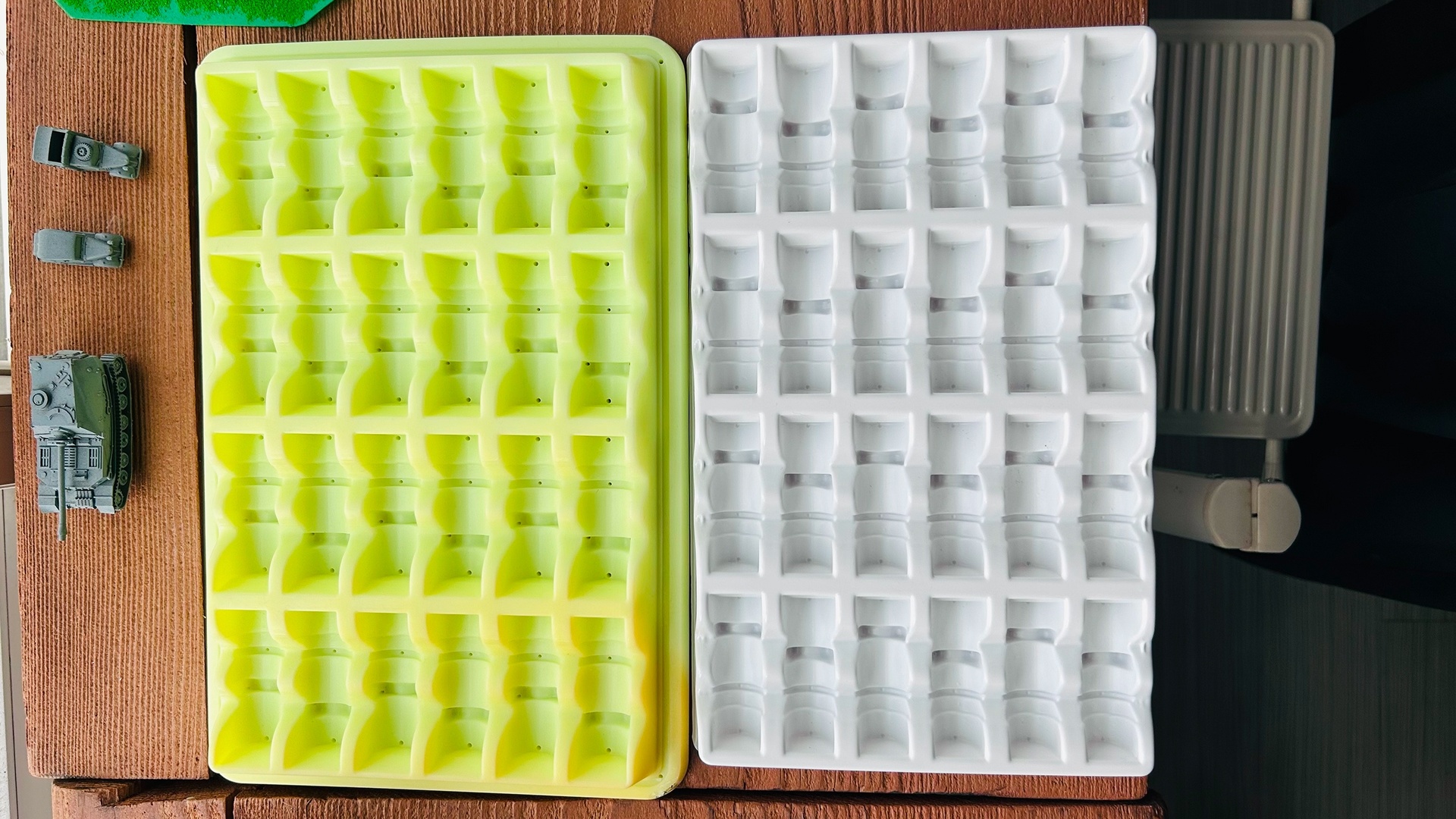
This iterative process highlights the importance of prototyping in vacuum forming: each adjustment brought the design closer to an efficient, functional solution.
Mass production and cutting jigs
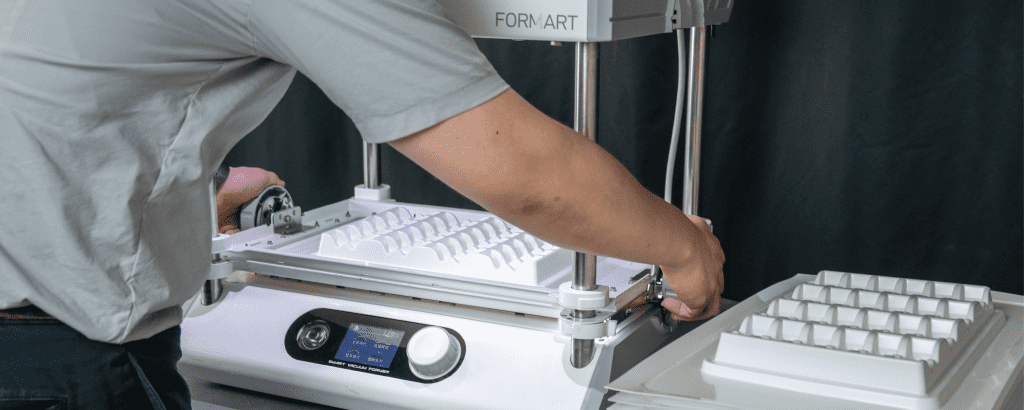
To prepare trays for mass production, Mbranfiltra needed an efficient way to trim excess material from the formed shells.
The first cutting jig was designed as an insert under the tray, but it lacked clearance and shifted during trimming, leading to rough edges.
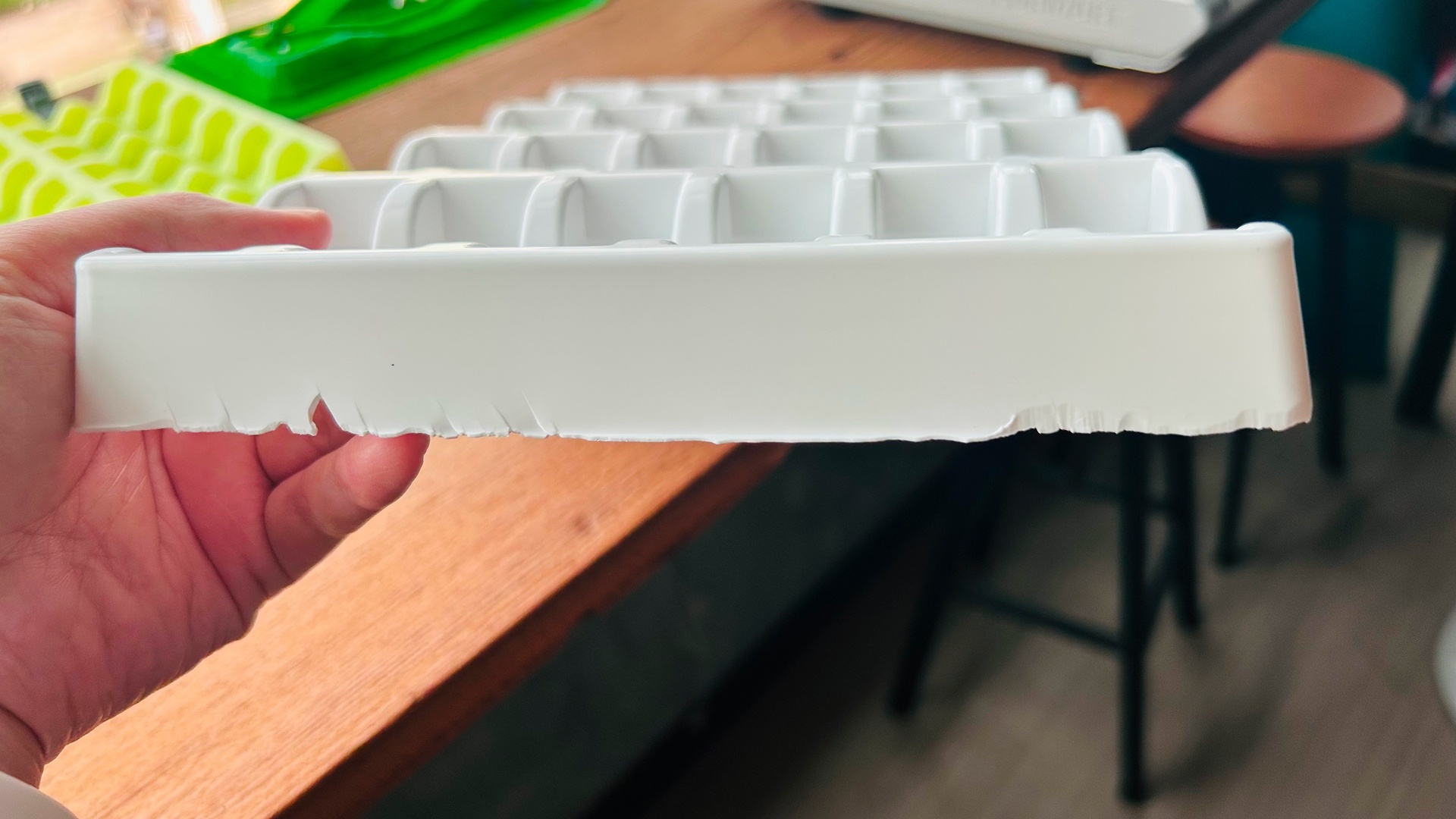
After a few iterations, the height of the cutting jig was increased and an additional external edge around the tray was added. This edge matched the machining height of the trimming tool, protecting the trays and producing a clean, consistent finish.
This adjustment streamlined the production workflow and ensured high-quality results for every tray.
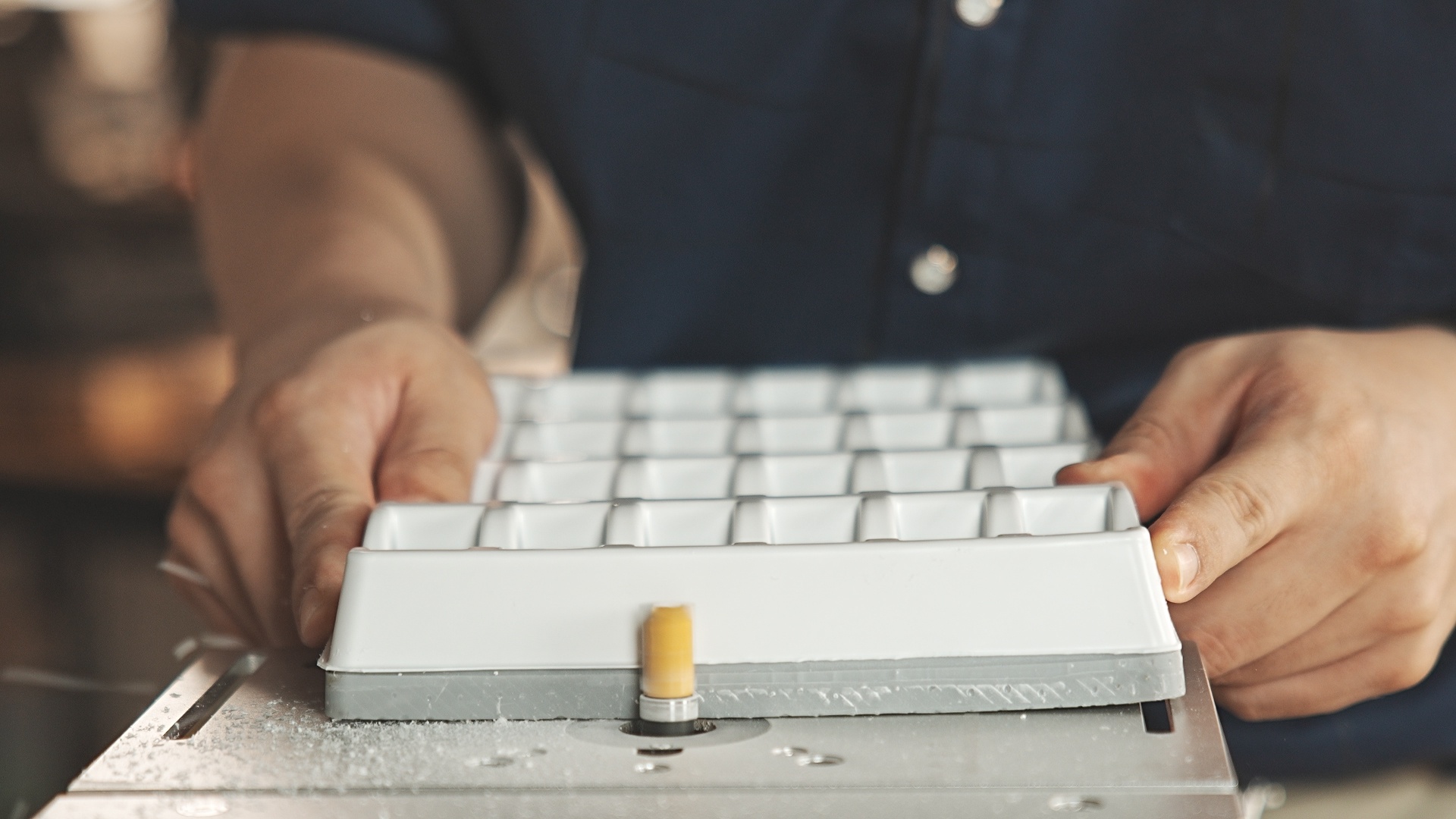
Results and lessons learned
The final custom vacuum formed tray achieved all of Mbranfiltra’s goals:
- Increased capacity (from 30 to 45 components per tray).
- Improved stacking stability, preventing movement during transport.
- Reduced production costs by lowering damage rates.
- Enabled in-house mass production with a desktop vacuum former and cutting jigs.
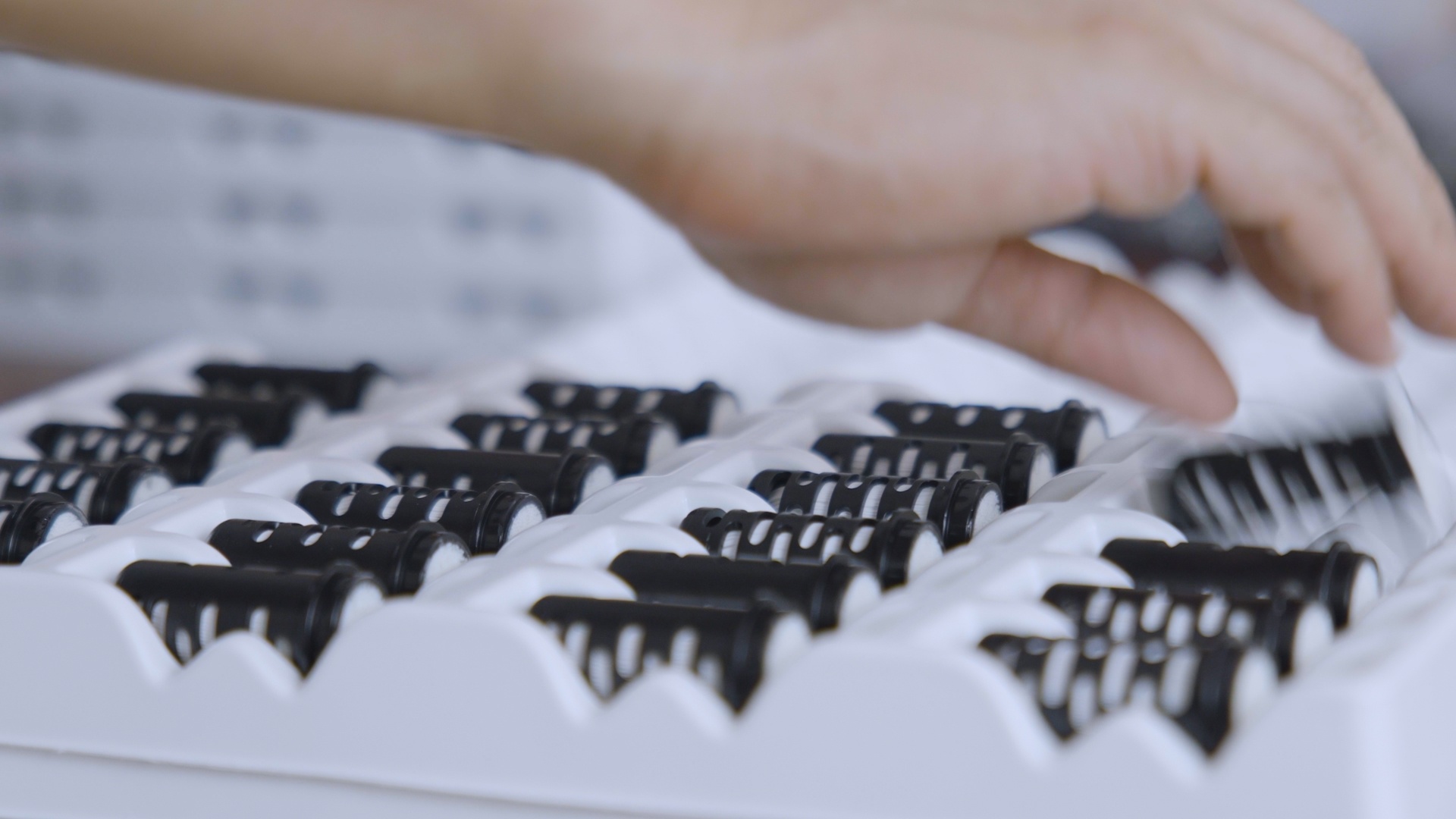
This project demonstrates how vacuum forming is an effective, cost-efficient solution for creating tailored packaging, even for specialised industries like water purification. By iterating designs and refining production tools, companies can achieve reliable packaging without the high minimums of traditional manufacturers.
Download the mould and sleeve files for 3D printing
If you’re considering developing your own custom trays or packaging solutions, the lessons from Mbranfiltra’s project provide valuable guidance: prototype often, optimise mould design, and refine trimming processes for efficient mass production.

Discover our range of vacuum formers
The MY YARD desktop vacuum forming machines are perfect for product development, prototyping and low volume production thanks to their ease of use and compact size.
Explore our products to see how vacuum forming can enhance your enterprise.







